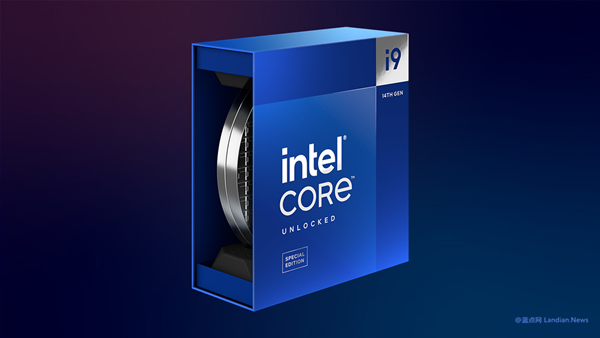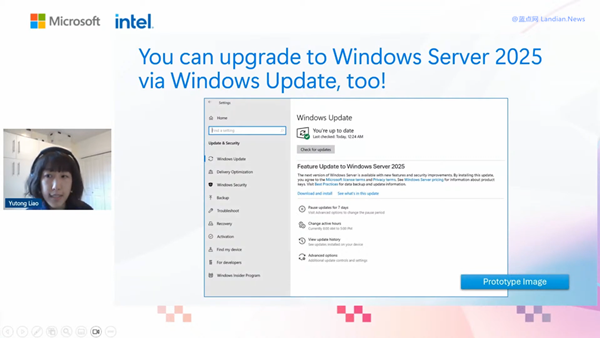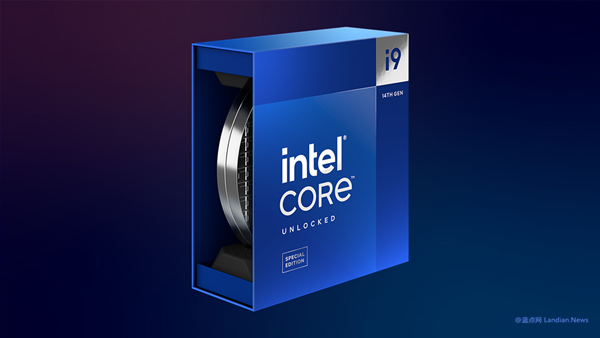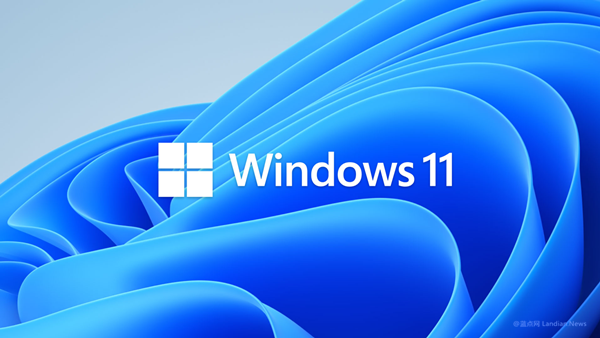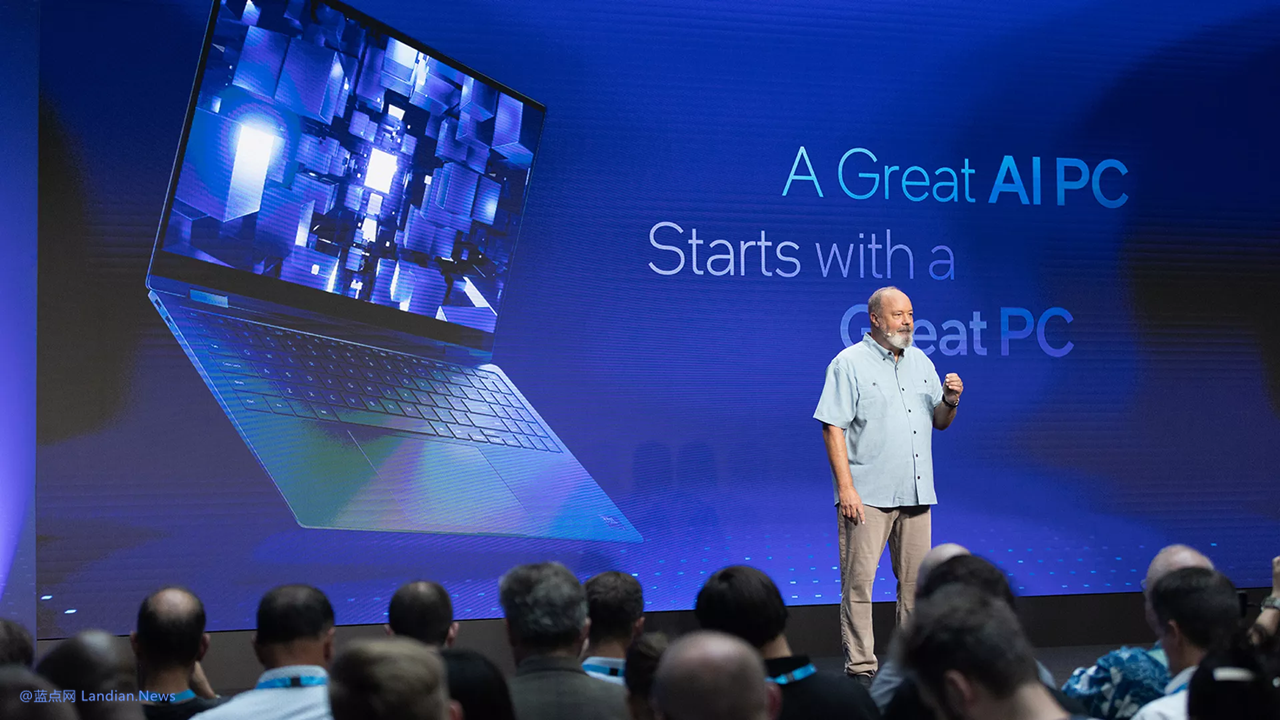Intel Unveils a Vision for a Simplified Future with 'Intel x86S Architecture
In a step that could potentially transform the future of computing, Intel has recently released a whitepaper titled "Envisioning a Simplified Intel Architecture". Within, the company announces its plans for the Intel x86S Architecture, a purely 64-bit mode architecture that is intended to transition Intel's instruction set architecture (ISA) to a purely 64-bit mode.
Intel's 64-bit architecture has a storied history spanning over 20 years. However, with Microsoft already phasing out 32-bit architecture in its latest operating systems, and Intel firmware no longer natively supporting non-UEFI64 operating systems, the move to a 64-bit system is becoming an industry standard.
These 64-bit operating systems retain the capability to run 32-bit applications while ceasing native support for 16-bit applications. This backward compatibility remains crucial, as 32-bit applications still hold a significant share in the market. Both Windows 10 and Windows 11 can run 32-bit applications on their 64-bit versions, underlining the continuing importance of this compatibility.
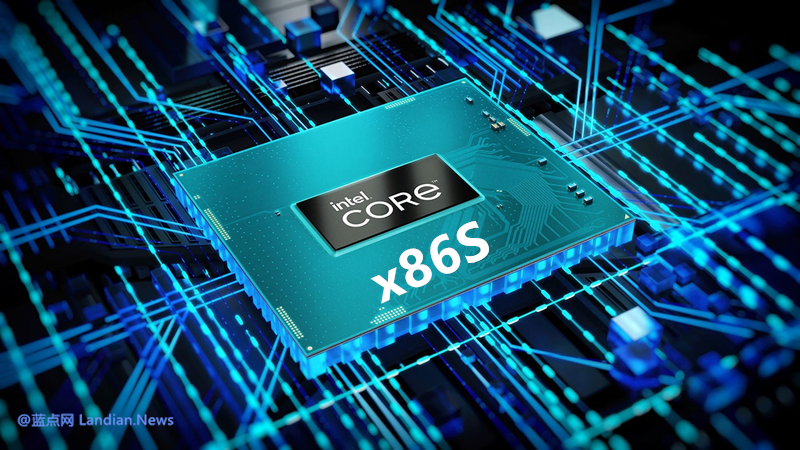
However, the trend is unmistakably towards a pure 64-bit future. The x86S architecture, where 'S' stands for Simplification, is a clear signal of Intel's intention to streamline their hardware. Intel believes that as technology advances, there are opportunities to simplify the hardware and software ecosystem, apart from just booting the CPU into 64-bit mode.
The question then arises: Can some infrequently used components in the architecture be deleted to simplify the 64-bit architecture?
The x86S architecture brings multiple benefits by removing some old components, thereby reducing the overall complexity of the software and hardware architecture. This change allows for consistent updates to be made with modern software deployments, such as:
- Simplifying the 64-bit segment model to provide segment support for 32-bit applications.
- Removal of Ring 1 and 2, which are not used in modern operating systems.
- Eliminating 16-bit addressing support.
- Cancelling support for Ring 3 I/O port access.
- Eradicating string port I/O, which uses an outdated I/O model.
- Restricting the use of APIC to X2APIC and removing support for the older 8259 model.
- Deleting some other unused components.
Intel's release of this whitepaper is essentially an appeal, inviting the entire industry to provide suggestions, assess the impact on software, and explore the benefits of transitioning the ISA to x86S mode.
Intel is inviting feedback on the x86S architecture and software ecosystem at [email protected].
To access the whitepaper, visit: https://cdrdv2.intel.com/v1/dl/getContent/776648


